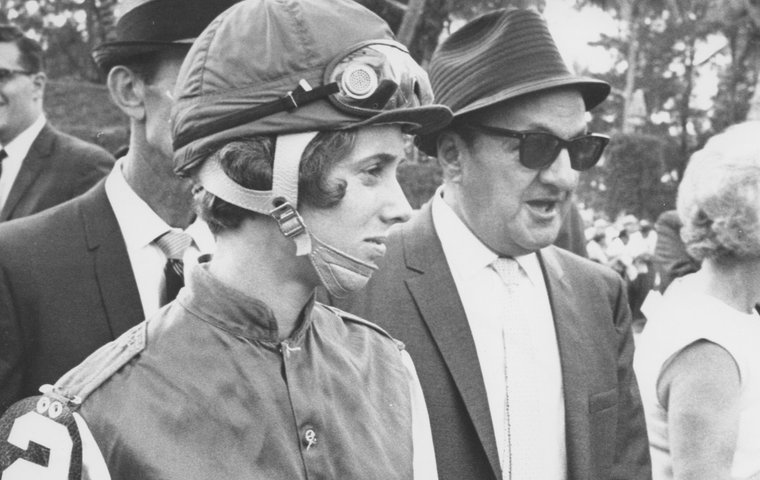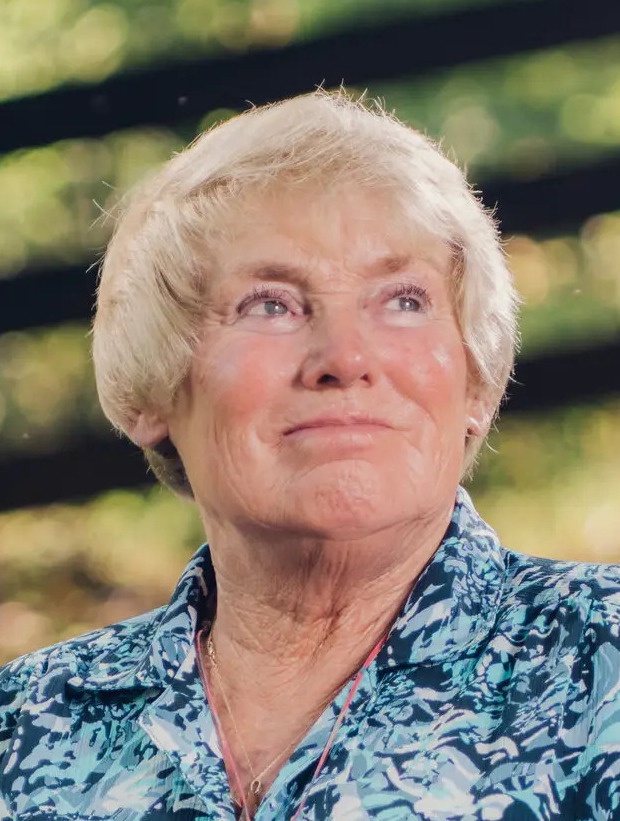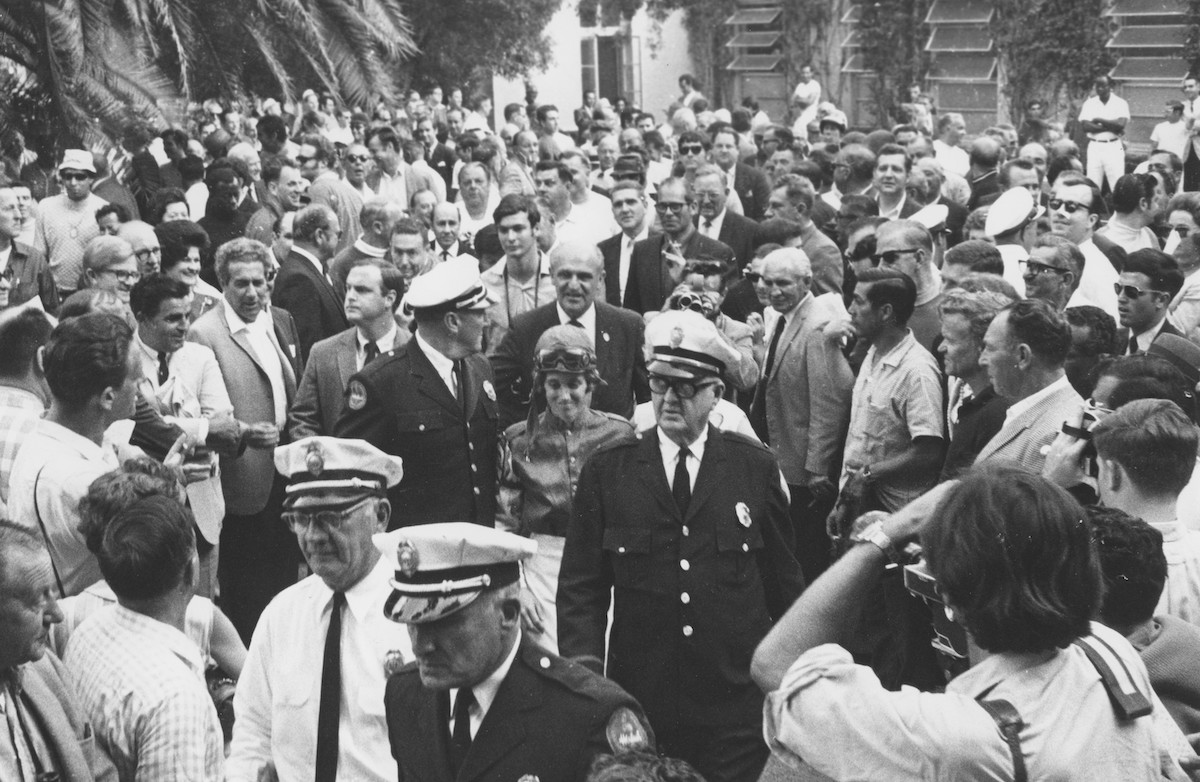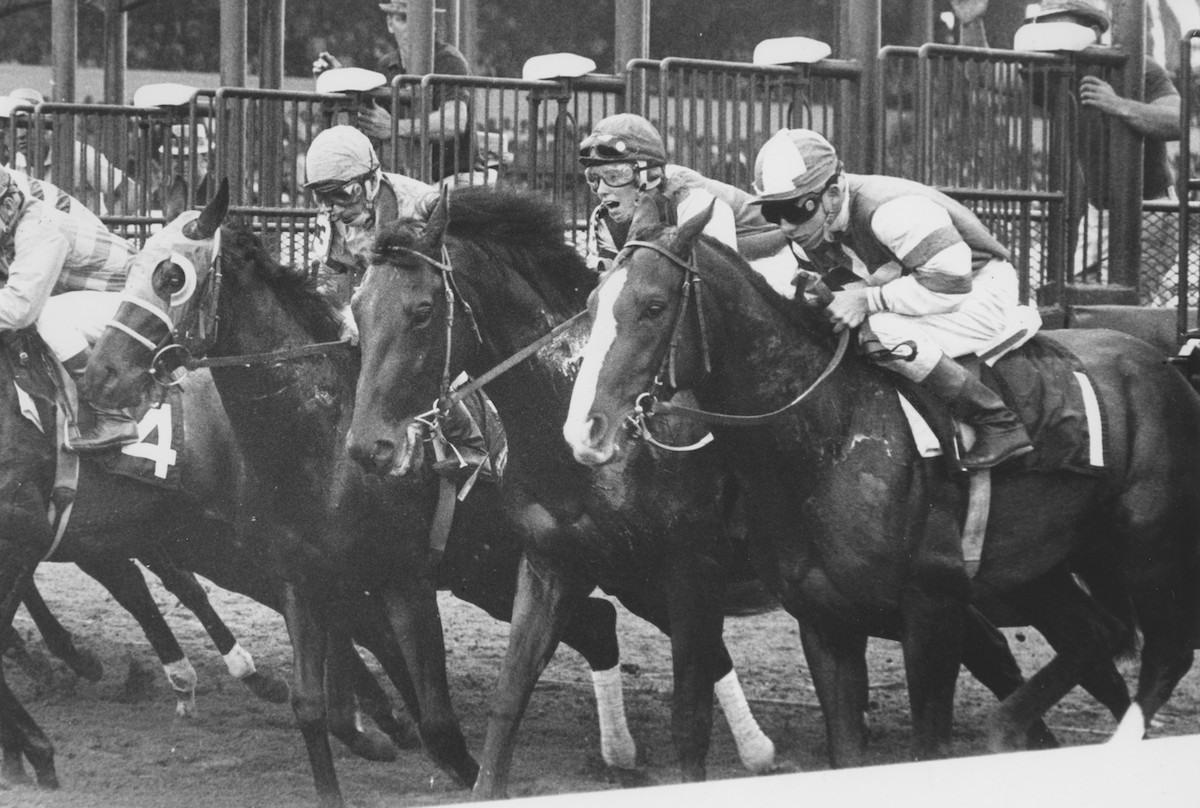
Pioneering former jockey who in 1969 became the first professional woman rider to take part in a US pari-mutuel race answers our regular questionnaire
 Without Diane Crump, the number of women who are now enjoying successful careers as jockeys in the US would probably be much diminished.
Without Diane Crump, the number of women who are now enjoying successful careers as jockeys in the US would probably be much diminished.
From Milford, Connecticut, Crump was the original pioneer who braved the hostility and rampant sexism of the era to become the first professional woman jockey to ride in a pari-mutuel race in the US.
Aged 20, she needed a police escort to walk out through the crowds for that debut at Hialeah Park, Florida, on February 7, 1969, and, while her mount Bridle ’n Bit was only ninth of 12, she won a host of admirers. Crump won her first race two weeks later. In 1970 she created another slice of history when she rode in the Kentucky Derby, the first female to do so, finishing 15th of 17 on a horse called Fathom.
By the time she retired from the saddle in 1999 she had ridden 235 winners, many provided by trainer Don Devine, to whom Crump was married from 1969 to 1987. “In my era you didn’t earn much money doing what I did,” says Crump, now 75 and based in Virginia.

“I worked every day and worked hard for everything I did and got,” she adds. “I can’t stand not being productive so I am a broker for sport horses. Virginia is sport horse country, fox hunters, show hunters, show jumpers, event horses, trail horses. I will be working till the day I die.”
Which racing figure past or present do you most admire?
When I was coming up I didn’t really have anyone that I looked up to as I was so striving for my dream and my goals but there was one woman trainer, Mary Keim, who stood up for me. She had fought that battle 40 years before I tried to become a jockey.
My ex-husband believed in me and his owner Warner Jones of Hermitage Farm too. But to start with, nobody wanted to ride against a woman. The men stood against me for a while although it levelled off eventually.
As I look back now, a rider that has impressed me is Rosie Napravnik. She rode a really good race, plus she was an all-around horse person, all-around human, all-around good person.
Now she does Thoroughbred aftercare, she is big into eventing and, now she has two sons, she is really involved with kids getting into all kinds of horse sports.
She has made a complete life, a great race rider who could have gone on and be as good as any of the men. She chose to have a family and she loved other aspects of the horse world. She took all of that and did something really positive with it. I respect that.
Which is your favourite venue, and race, anywhere in the world?
Churchill Downs was my favorite racetrack. I won the most races there. I loved it and Kentucky has always been fan friendly. Of anywhere I rode, I was more respected in Kentucky.
My favorite race would be the Kentucky Derby. Even though I had only been riding one year, there wasn’t any hullabaloo about it like there was for my first race. They didn’t single me out as a freak show. They just singled me out as part of that event and covered it as such.
The Derby is so huge and everyone is interested in every aspect of it. The owner, WL Lyons Brow’s lifelong dream was to run a horse in the Derby and I rode all his horses. My husband was the trainer so that’s how it came about.
Who is your favourite racehorse and why?
One of them was a horse called Stubilem. His picture is hanging on my wall. He had bowed as a young horse and we got him cheaply, then we worked on his legs for a year and when we got him back we ran him at Churchill Downs.
I won four on him. He went on to Ellis Park and set a new track record there. Every time I rode him he seemed to win. Eventually we had to drop him into the claiming ranks and he got claimed.
He was a horse that was written off like it was the end of his life. It makes you feel good that you could work hard and accomplish that; I loved that feeling of riding a horse that tried so hard for me.
What is your fondest memory in racing?
Some people we trained for wanted to have a fun holiday for Memorial Day in 1983. They picked out a race in Canada for a two-year-old filly that we had. She had only run one time but she’d won by many. She was pretty fast.
Her name was Sub Deb and they nominated her for a little stake at Woodbine. We shipped her up and we all flew up. I don’t think any women had ridden there at that point so they put me in a cubby hole by the jocks’ room. There was hassle all the way.
My filly was fast but there was one Canadian filly that was like a jet. She broke first and was on the rail. I was in the middle of the pack, with the co-favorite on my outside. The jet went about ten lengths clear and my filly was second but she thought she was in the lead because the other horse was so far in front you couldn’t see it.
 The rest were bunched in behind us and she was digging in. Then the other horse [co-favorite] came up alongside me. By the eighth pole we caught the leader. I was in the middle and we came to the wire three horses abreast. We were so tight, stirrup to stirrup, that I couldn’t use my whip, only give her a hand ride. All I could do was scream.
The rest were bunched in behind us and she was digging in. Then the other horse [co-favorite] came up alongside me. By the eighth pole we caught the leader. I was in the middle and we came to the wire three horses abreast. We were so tight, stirrup to stirrup, that I couldn’t use my whip, only give her a hand ride. All I could do was scream.
It was a three-horse photo. It took 20 minutes to decide I was the winner, then both riders claimed a foul against me and that took another 10 or 15 minutes before it became official.
I had given the horse the hand ride of my life and the owners had cashed a large bet. It was so much fun. It gave me a lot of satisfaction.
It’s 50 years since the door opened for female riders: how much has changed since?
My biggest disappointment was that it was just so hard for me to get mounts. In the 1970s at Ellis Park I won the feature race every day for five days and yet I couldn’t get an extra mount.
It took ten years for the sport to open up and start using women regularly but I don’t feel slighted now. I am so happy that women jockeys today can prove what they can do and get mounts. It couldn’t happen in my era and didn’t. I did not have that opportunity but at least I got it to where that can happen.
If you could change one thing in racing, what would it be?
To get back to the basics of horsemanship, the love of the horse and the love of the sport. Not about all this money. People try too many things that aren’t right. Get back to the basics of what started racing.
Everybody used to pitch in and help each other; it wasn’t so cut-throat. There was nothing I loved more than spending the mornings galloping horses. There was a camaraderie.
I haven’t been involved for 20 years but I see people getting caught with different drugs. It’s such a big money-making business and commercialised now. Venues have concerts going on, simulcast areas and other different things.
At least even when I started out, the backside was friendly. We did have to fight the battle for women to ride races but it felt like there was more camaraderie. I like a simpler time of life – but not where women are excluded, where they are included.
Diane Crump was speaking to Jon Lees
• View the entire What They're Thinking series
Patti Cooksey: I don’t think I had it as rough as the women before me
Seb Sanders: As a pundit I am not as hard on others as I was on myself
View the latest TRC Global Rankings for horses / jockeys / trainers / sires


